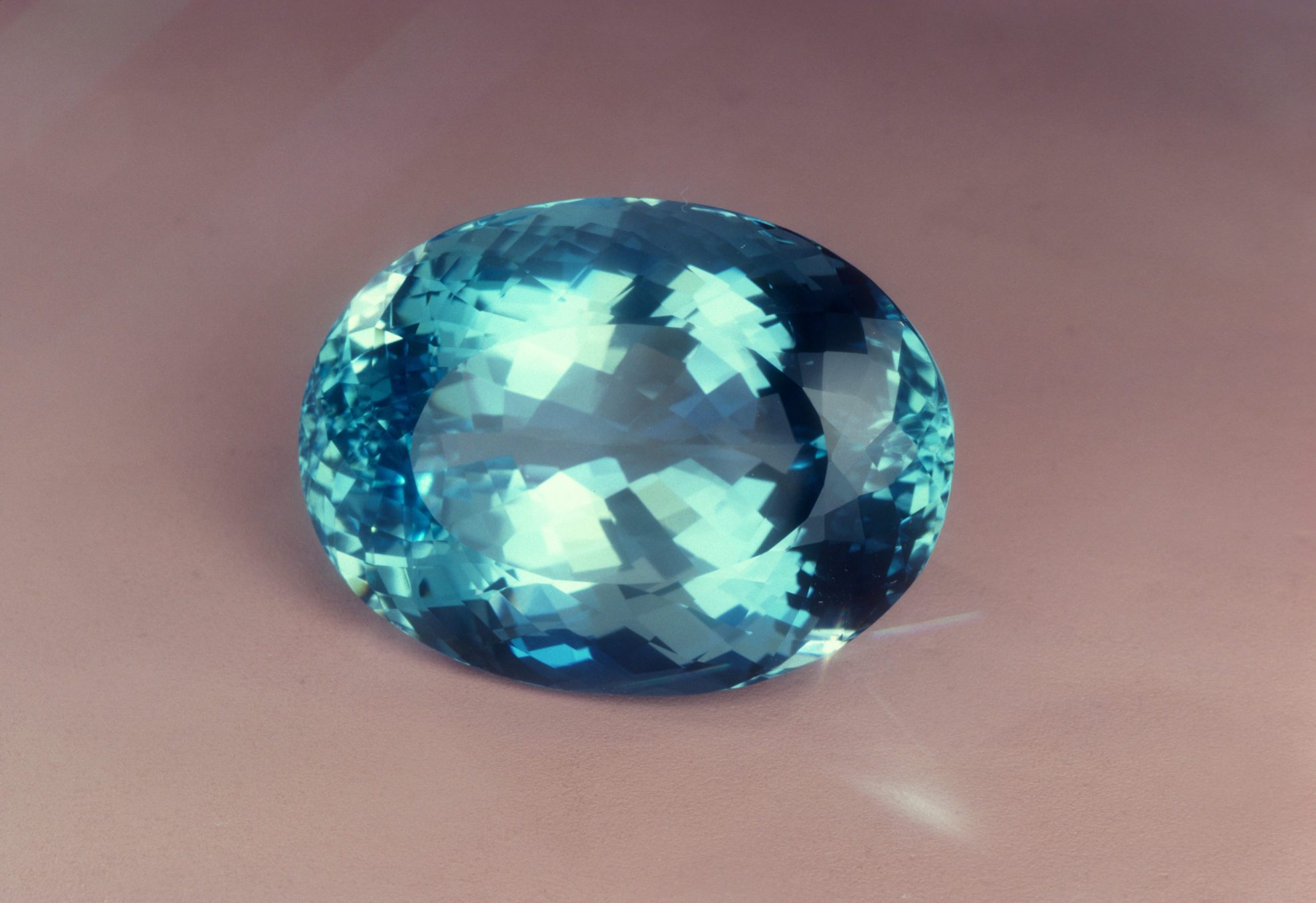Aquamarine Grading and Pricing
Aquamarines are evaluated based on the Four Cs: color, clarity, cut, and carat. Learn how each factor affects aquamarine grading and pricing.
6 Minute Read
Please note that all price ranges noted below are in US dollars for the wholesale market and based on 2020 data.
What’s the Most Commonly Used Aquamarine Grading System?
Gem traders most commonly grade aquamarines according to a non-GIA, non-standard scale. The grades are as follows, from highest to lowest commercial quality:
- GEM (sometimes replaced by the less common grade AAAA)
- AAA
- AA
- A
- B
- C
GEM-grade aquamarine stones possess a pure blue (or very slightly greenish blue) hue with a light to medium light tone and strong to vivid saturation. AAA-grade stones are very similar in their quality to the GEM-grade stones, but their depth of color is slightly weaker. Both grades must show a high level of clarity (eye or loupe-clean).
Statistically speaking, top-quality aquamarines (GEM to AAA) comprise only 10% of the material available on the market. These gems can easily fetch prices of several hundred dollars per carat.
Examining AA-grade aquamarines, even with the naked eye, we see a noticeable difference. Gem colors become paler and are usually overshadowed by pronounced secondary shades of green or gray. Clarity may also decrease, with inclusions visible to the unaided eye. The severity of these factors …
International Gem Society
Related Articles
Aquamarine Value, Price, and Jewelry Information
Faceted Gemstones And Light Return Measurements
A Beginner’s Guide To Common Gemstone Heat Treatments
Mined in America: Top Spots for Gem Hunting in the US
Latest Articles
Opal Buying Guide
Amethyst Sources Around the World: The Geological Story Behind These Purple Gemstones
Brazilianite Value, Price, and Jewelry Information
Ruby-Glass Composites vs Leaded Glass Clarity Enhancements
Never Stop Learning
When you join the IGS community, you get trusted diamond & gemstone information when you need it.
Get Gemology Insights
Get started with the International Gem Society’s free guide to gemstone identification. Join our weekly newsletter & get a free copy of the Gem ID Checklist!
